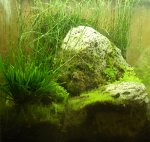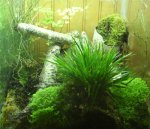RobM
New member
- Joined
- Jan 14, 2010
- Messages
- 477
- Reaction score
- 13
- Points
- 0
- Location
- London / Kent
- Country
- United Kingdom
- Display Name
- Rob M.
What mosses I can buy do ok in slightly moist cool environments? All the mosses I seem to find require a warm environments (they tend to be for dartfrogs etc)


